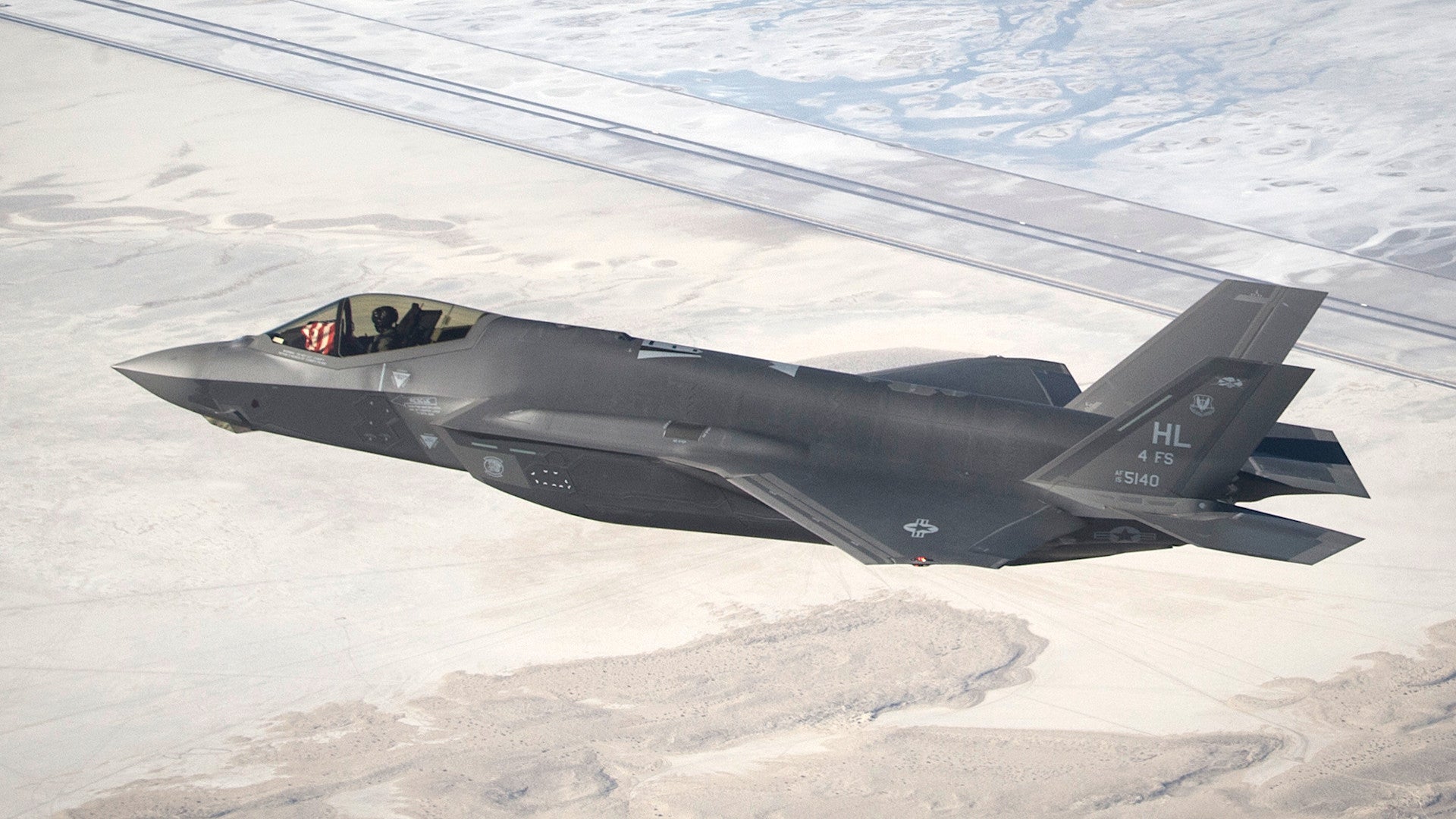U.S. Army ground artillery units recently conducted a test in which they destroyed a mock air defense system based on targeting information from a U.S. Air Force F-35A Joint Strike Fighter. The tactic allowed the joint force to destroy a mock threat while allowing the F-35 to remain in its most stealthy mode and not reveal itself by engaging it directly. This is a concept of operations that could be extremely valuable for U.S. forces in a future large-scale conflict against an opponent with dense integrated air defense network and one that could easily expand to include other assets, including unmanned aircraft and new, longer-range artillery and tactical missile systems.
This particular scenario was part of a larger Joint Strike Fighter Integration experiment that took place at one of the Doña Ana Ranges in New Mexico, which are part of the Fort Bliss Training Center that is headquartered in neighboring Texas. M109A6 Paladin self-propelled 155mm howitzers from the Army’s 1st Armored Division Artillery and an F-35A from the Air Force’s 59th Test and Evaluation Squadron took part in the test, along with a host of supporting units. As F-35s have entered operational service across the U.S. Marine Corps, Air Force, and Navy, the U.S. military as a whole has been exploring a variety of new concepts of operation for integrating the stealth jets into regular operations.
“The F-35 is a very capable aircraft executing against numerous targets. We can use its sensors to identify multiple targets, and we can use the Army to take them out,” U.S. Air Force Captain Charles Humphrey, assigned to Air Combat Command acting as the exercise director for test, said in a subsequent statement. “We can start shaping the battlefield faster, because when we start fighting bigger opponents, we are needing to be able to do that.”
In this general respect, F-35 represents the latest evolution of using aircraft as forward spotters for artillery units on the ground, a concept that is almost as old as airplanes themselves. The Joint Strike Fighter’s expansive sensor suite, which you can read about more in these past War Zone stories, makes it particularly well suited to this kind of mission.
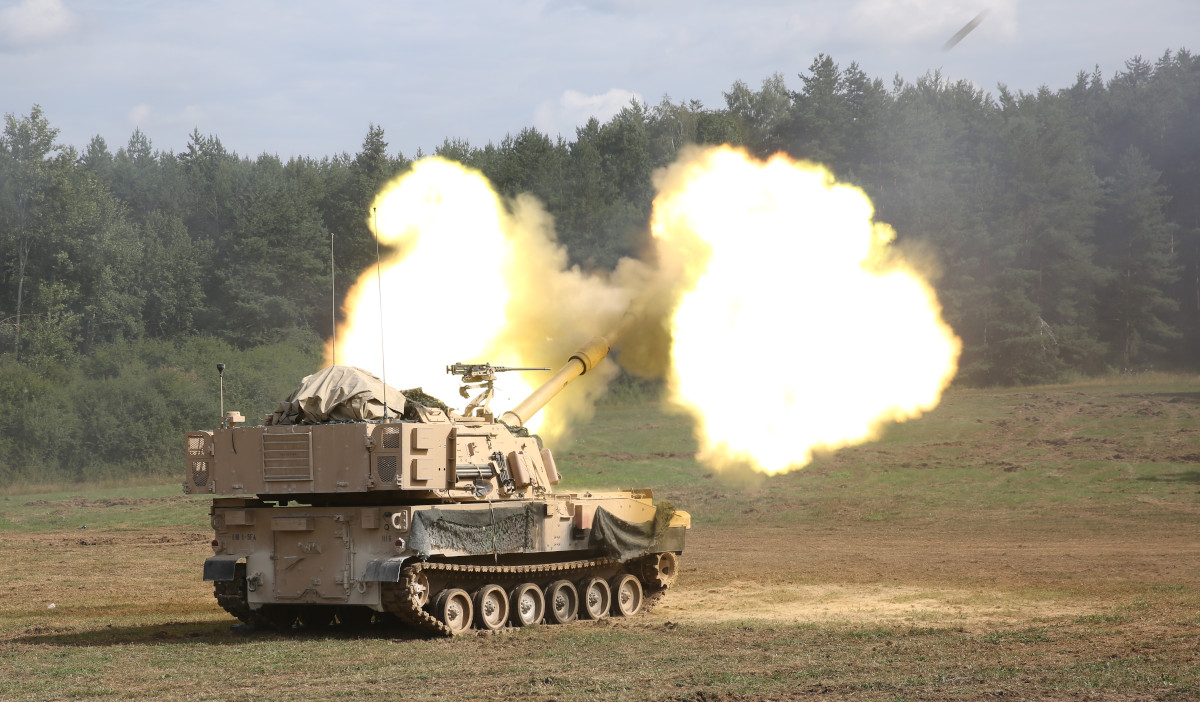
The jets are already sucking up an amazing amount of electronic signals data, which allows them to spot, categorize, and geolocate various emitters, including radars associated with air defense and artillery systems and communications nodes. The aircraft can then send that information to other aircraft, units on the ground, or command centers in rear areas to give other forces a more complete picture of the battlespace around them and potential threats. The F-35 can also fuse together imagery and other data it collects using its AN/APG-81 radar, Electro-Optical Targeting System (EOTS), and AN/AAQ-37 Distributed Aperture System (DAS), and share that information, as well.

So, it’s not a huge leap to see how ground artillery units, who increasingly employ computerized targeting systems and GPS-assisted and other guided munitions, can take that data, especially the geolocation information, and then rapidly target those threats. The U.S. Marine Corps demonstrated doing just this in a separate exercise in 2018, with a truck-mounted M142 High Mobility Artillery Rocket System (HIMARS) destroying a shipping container with a guided 226mm artillery rocket after receiving targeting data from one of the service’s F-35B Joint Strike Fighters.
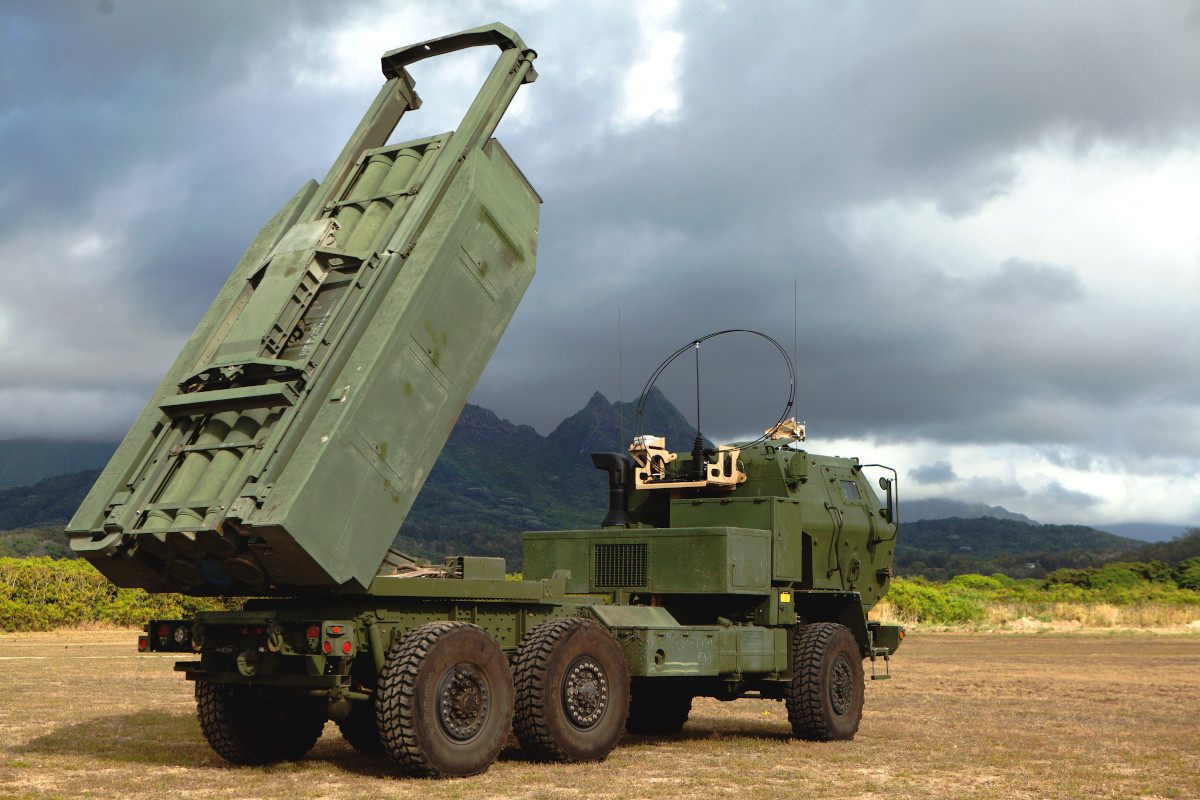
What the Army and the Air Force have now done in New Mexico is take this one step forward and show how an air-ground team can work together to perform the suppression of enemy air defenses/destruction of enemy air defenses (SEAD/DEAD) mission, something that aircraft have primarily done in the past. This could offer the U.S. military an extremely important new capability for dealing with these threats depending on the exact situation.
The F-35 itself is often described as a tool for “kicking down the door” and destroying hostile integrated air defenses to pave away for follow-on strikes, including by non-stealthy aircraft that would be more vulnerable to those defenses. However, it’s important, as always, to note that “stealth” does not mean “invisible,” either to the naked eye or hostile sensors. The F-35 has a diverse suite of countermeasures itself, including a powerful electronic warfare suite, expendable towed decoys, and internal chaff launchers, to help further protect itself, even if it is detected.
The Navy and the Air Force are also in the process of integrating the new AGM-88G Advanced Anti-Radiation Guided Missile-Extended Range (AARGM-ER) missile, a multi-purpose weapon primarily intended to destroy air defense radars, that will give the jets increased standoff range when engaging those targets. The Air Force is working on a more general-purpose derivative of that weapon, the Stand-in Attack Weapon (SiAW), which will also give its F-35As more options for dealing with pop-up threats.
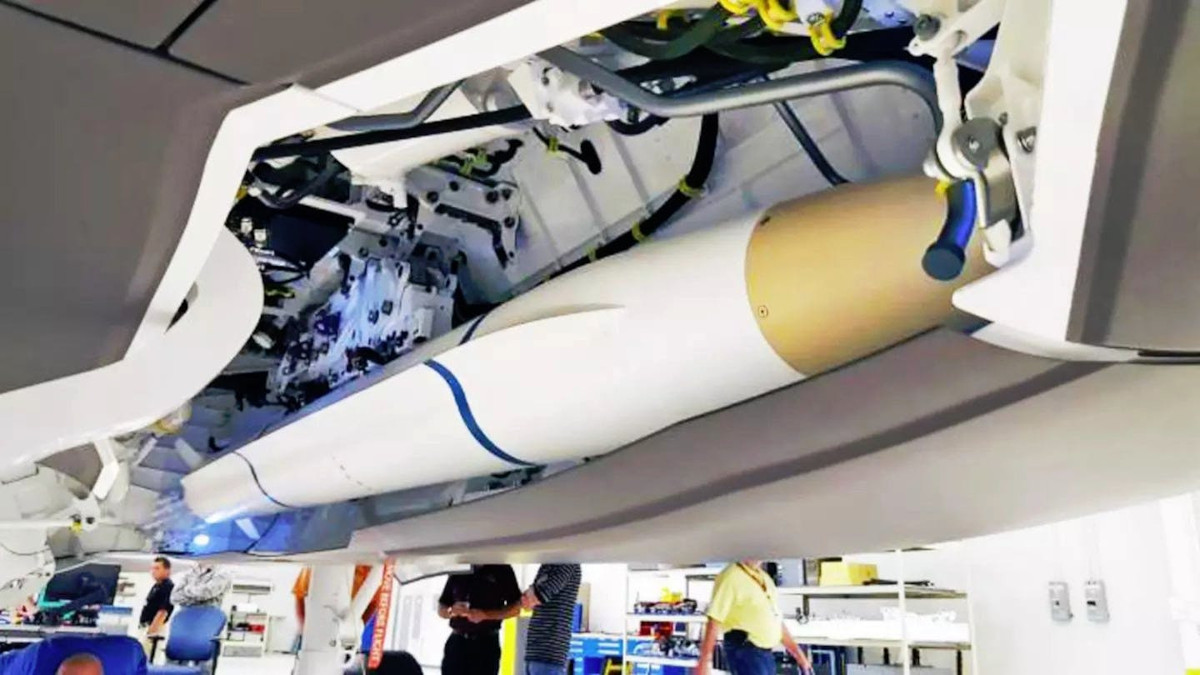
Navy F-35Cs can already carry the stealthy AGM-154 Joint Stand-Off Weapon (JSOW) precision-guided glide bomb, another SEAD/DEAD tool, and the manufacturer Raytheon had said it expects to finish the integration of this weapon on the F-35A soon, if it hasn’t already. The Navy is funding a powered cruise missile derivative, too. The U.S.-Norwegian Joint Strike Missile (JSM), another cruise missile, will be another future option, as will GBU-39/B Small Diameter Bombs (SDB) and the more capable GBU-53/B Stormbreaker, previously known as the Small Diameter Bomb II.

Unfortunately, to effectively operate in these high threat environments at all, F-35s will also need to be flying in their most stealthy configuration, carrying only a limited number of weapons internally and keeping their own sensors in passive modes except when absolutely necessary.
This is where ground artillery could come in as another way to help clear the path of threats for both stealthy and non-stealthy aircraft alike. As the F-35 did in this particular recent experiment in New Mexico, over an actual future battlefield, Joint Strike Fighters, while operating at the safest distance from the threat possible, could use its sensors, especially its passive ones, to geolocate targets and then feed that information to Army units. The Joint Strike Fighters would not have to use their own limited ordnance, either, preserving those weapons for more pressing threats.
The aircraft could also stay on station after they’ve expended all of their own bombs and missiles and continue to destroy targets with an effectively unlimited magazine, albeit indirectly. Army artillery units down below also have the benefits of being highly flexible and able to rapidly shift focus from one target area to another, so long as it within their range, and can operate in poor weather that might ground aircraft or otherwise limit their ability to respond.
Despite the obvious benefits, the concept the Air Force and the Army demonstrated in New Mexico still isn’t ready for prime time just yet and will need refinements and further experimentation. The entire kill chain, from when the F-35 detected the target to when the M109A6s destroyed it, took 10 minutes and required the use of multiple different networks and data links. During the course of the exercise, the joint force evaluated eight different networks for sharing information between the stealthy jet and ground troops.
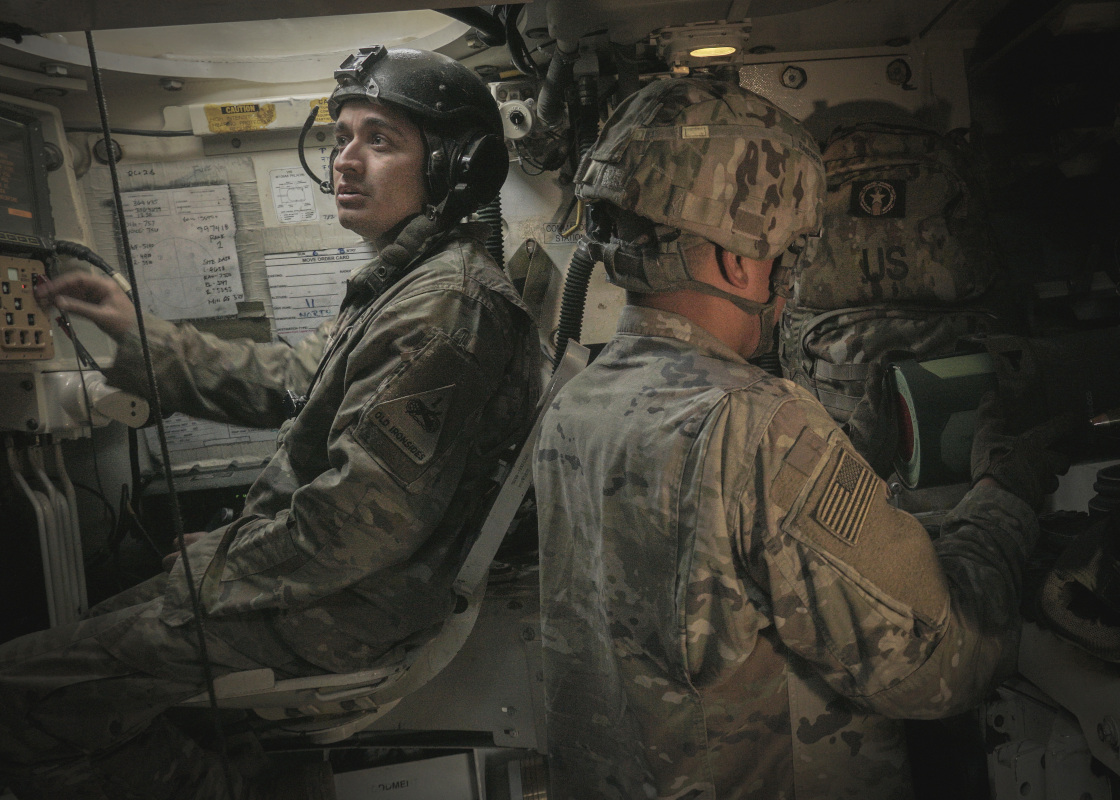
It’s not clear whether any of these options involved the F-35 using its stealthy Multifunction Advanced Data Link (MADL), which is designed to reduce the likelihood of opponents detecting the transmissions and would be essential for keeping the jet concealed in an actual operational version of this scenario. It seems unlikely given that MADL can only communicate other aircraft equipped with this data link, which is presently only found on the Joint Strike Fighter. The Air Force is already pursuing a number of projects aimed at expanding the ability of MADL-equipped aircraft, which will also likely include the B-21 Raider stealth bomber in the future, to communicate stealthily with F-22 Raptors and other assets.
There is also already an established tactic in which F-35s relay information among each other until the daisy chain reaches the edge of the high threat area, where the last aircraft can then safely broadcast it via other more readily accessible waveforms. The aircraft could also make use of some form of communications and data-sharing gateway, such as the Air Force’s Battlefield Airborne Communications Node (BACN). You can read more about these issues in this recent War Zone piece.
The Air Force and Army are also very clearly looking at ways to expand this beyond just F-35s and howitzers, as well. New, extended-range 155mm guns will already give artillery units the ability to engage threats that Joint Strike Fighters mark while penetrating deeper into hostile territory.
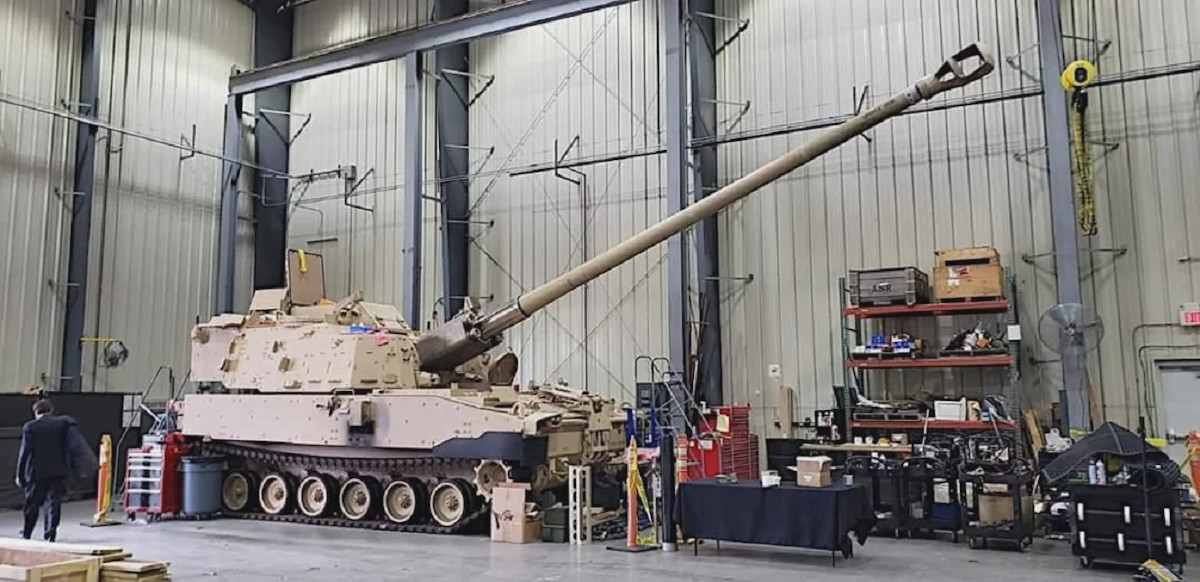
However, ramjet powered artillery shells, longer-range rocket artillery, and new ground-launched missiles – including possible future ground-launched cruise missiles and intermediate-range ballistic missiles that a now-defunct treaty between the United States and Russia had previously banned – as well as hypersonic weapons, will dramatically increase the range at which troops on the ground can engage those threats. Northrop Grumman has also proposed a containerized ground launcher for the AARGM-ER missile, which would seem to be ideally suited to this concept, as well.

“Today we are working with the Air Force and we are testing the ability of the U.S. Army’s field artillery to receive messages from an F-35, a 5th generation fighter jet, for possible fire missions,” U.S. Army Major William O’Neil, the fire support officer for the 1st Infantry Division’s forces during the recent test in New Mexico, said afterward. “While we are using canons today, the M109A6 Paladins, the goal is how we integrate a Tomahawk cruise missile and other missile units at the division level into Joint Fires.”

O’Neil wasn’t just speaking generally. Earlier this year, the Intermediate-Range Nuclear Forces Treaty, or INF, between the United States and Russia collapsed, paving the way for U.S. development of ground-launched cruise missiles and ballistic missiles with ranges between 310 and 3,420 miles. The now-defunct bilateral agreement had banned both countries from developing and fielding these types of missiles.
In August 2019, the U.S. military demonstrated a ground-based Tomahawk using a trailer-mounted derivative of the U.S. Navy’s Mk 41 vertical launch system, a test you can read about in more detail in this previous War Zone story. Just yesterday, another test occurred involving a prototype intermediate-range ballistic missile.

Ballistic missiles and hypersonic weapons would offer important advantages in speed, as well as range, over ground-launched subsonic cruise missiles, as well. Being able to strike an opponent rapidly after an F-35 first detects them would be essential for engaging pop-up threats and time-sensitive targets, such as mobile air defense systems, which could potentially shut down and relocate if they detected an incoming threat.
F-35s could potentially utilize this tactic when working with U.S. Navy surface ships and submarines, as well, especially the latter service’s Ohio class guided missile submarines, which are configured to be submersible command centers and intelligence fusion cells, in addition to their ability to carry up to 154 Tomahawks and may be able to fire hypersonic weapons in the future. The War Zone recently published an in-depth profile of these boats, which you can find here. Earlier this year, the Air Force and the Navy already agreed to work toward improving the ability to integrate their various networks, an area where the latter service has already made significant strides in this regard with its Cooperative Engagement Capability (CEC) and Naval Integrated Fire Control-Counter-Air (NIFC-CA) efforts.

Future strikes also wouldn’t need to necessarily rely on traditional artillery shells or missiles, but could involve more novel options, such as loitering munitions and networked drone swarms. Non-kinetic options, such as small unmanned aircraft carrying electronic warfare jammers, could also be among the options available to actually neutralize air defense and other targets that F-35s might find.
There’s no reason, necessarily, that an F-35 would have to be the asset acting as the forward sensor node. Future stealthy drones and autonomous unmanned combat air vehicles (UCAV) could be the ones hunting for air defense threats for Army artillery troops to destroy in the future. A manned aircraft, such as an F-35 or a B-21, could also be working with a group of unmanned “loyal wingmen,” expanding their ability to locate targets across a broad area. Together with artificial intelligence-driven targeting systems, which could more rapidly identify objects of interest and then categorize them, this distributed network could help reduce the total overall time between first spotting a threat and engaging it.
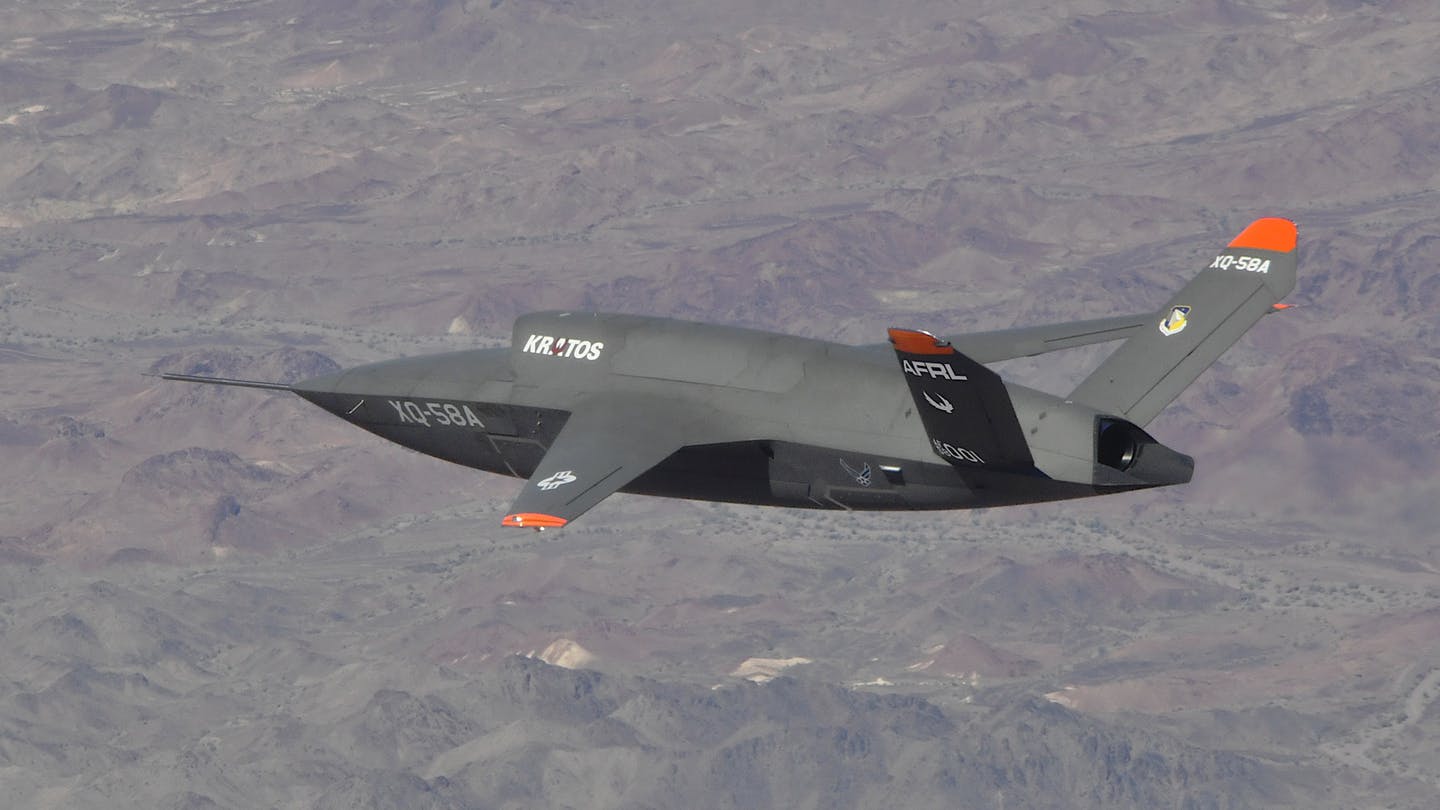
The Air Force itself already seems to be moving in this direction in many ways, with plans to replace its E-8C Joint Surveillance Target Attack Radar System, or JSTARS, battlefield management aircraft with a family of systems, including unmanned aircraft. The War Zone
has already explored the implications of that plan in detail in the past.
“This is a tactical-level event that helps to further refine our joint integration between the services as we leverage new technologies to get after multi-domain operations,” Air Force Captain Humphrey, who led the New Mexico test, said. “This is one small piece of that as we move forward, which is identifying which capabilities work and how we can actually use those capabilities in peer to peer planning.”
All told, an F-35 calling in an artillery strike on an air defense node is an important demonstration of the latest evolution of using aircraft as airborne forward spotters. At the same time, it is also looks set to be a stepping stone to an all-new set of capabilities so that surface-based forces on land, and potentially at sea, can help neutralize enemy air defense networks to clear the way for follow-on strikes.
Contact the author: joe@thedrive.com
